The Ultimate Texas Chili Ingredients Guide: From Heat to Flavor
Table of Contents
Introduction
If you're a spice enthusiast or a professional in the food industry, then Texas chili is more than just a dish—it's a cultural icon. Known for its bold flavors and rich history, Texas chili is a staple in American cuisine, especially in the Lone Star State. But what really makes it stand out? The answer lies in its ingredients. In this guide, we'll break down the essential components of Texas chili and give you all the tips you need to recreate that authentic flavor at home.
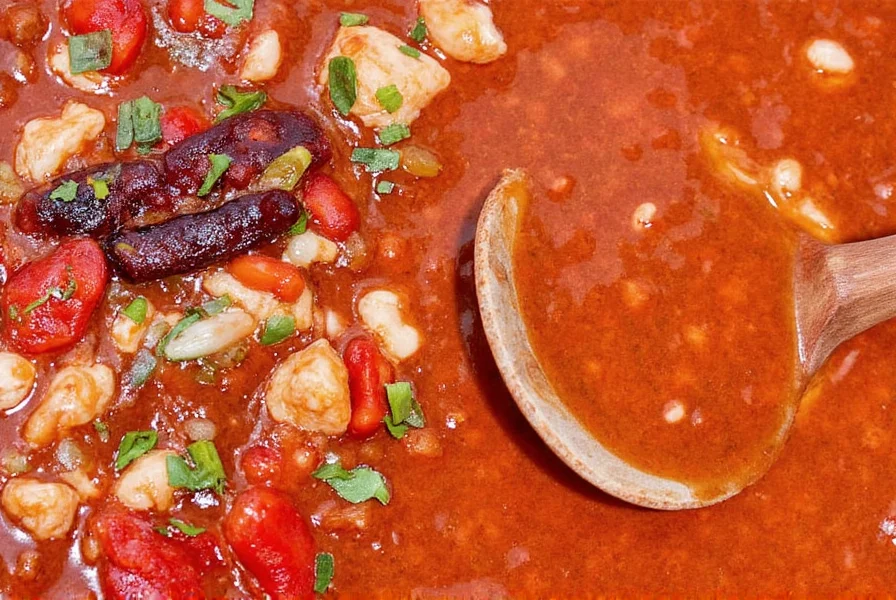
Essential Texas Chili Ingredients
At its core, Texas chili is a simple dish with complex layers of flavor. Here are the must-have ingredients:
- Meat: Typically beef, often chuck or brisket, which adds depth and richness.
- Beans: Pinto beans are the most common, offering a creamy texture and hearty base.
- Tomatoes: Canned tomatoes or tomato sauce provide a tangy backbone to the dish.
- Onions and Garlic: These add sweetness and aroma, balancing the heat from the spices.
- Spices: A blend of chili powder, cumin, paprika, and other seasonings gives Texas chili its signature kick.
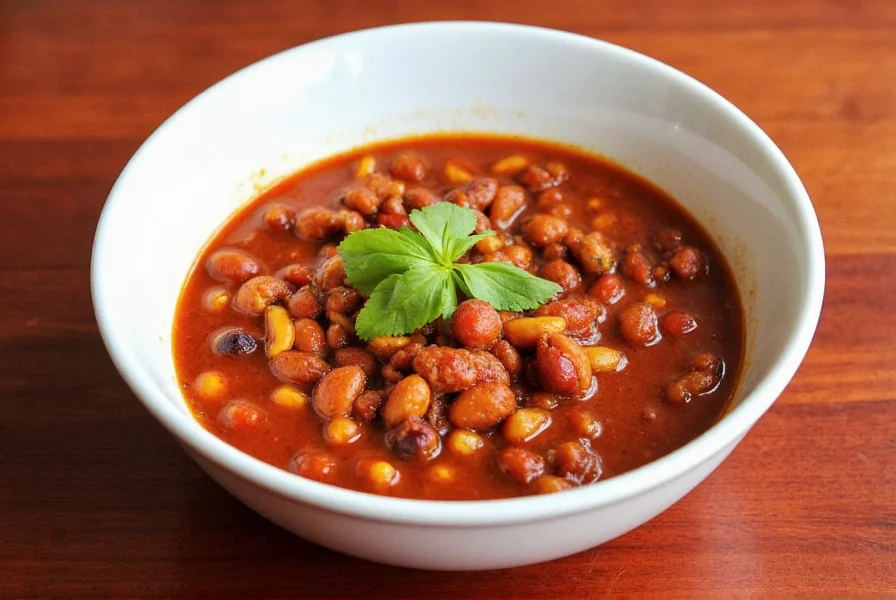
But don't be fooled by the simplicity—each ingredient plays a crucial role. For instance, while some recipes include meat, traditional Texas chili (also known as “chili con carne”) doesn’t always have beans. It’s a point of debate among purists, but the key is to understand what defines your version.
Spice Blends That Define the Flavor
The magic of Texas chili isn’t just in the meat and beans—it’s in the spices. A well-crafted spice blend can elevate the dish from good to unforgettable. Let’s look at the most common ones:
| Spice | Flavor Profile | Use in Chili |
|---|---|---|
| Chili Powder | Smoky, slightly sweet, and spicy | Foundation of the spice mix |
| Cumin | Earthy, warm, and nutty | Enhances depth and aroma |
| Paprika | Smoky, sweet, and mild | Adds color and subtle heat |
| Garlic Powder | Savory, pungent, and aromatic | Boosts umami and flavor |
| Onion Powder | Sweet, savory, and concentrated | Complements the natural sweetness of onions |
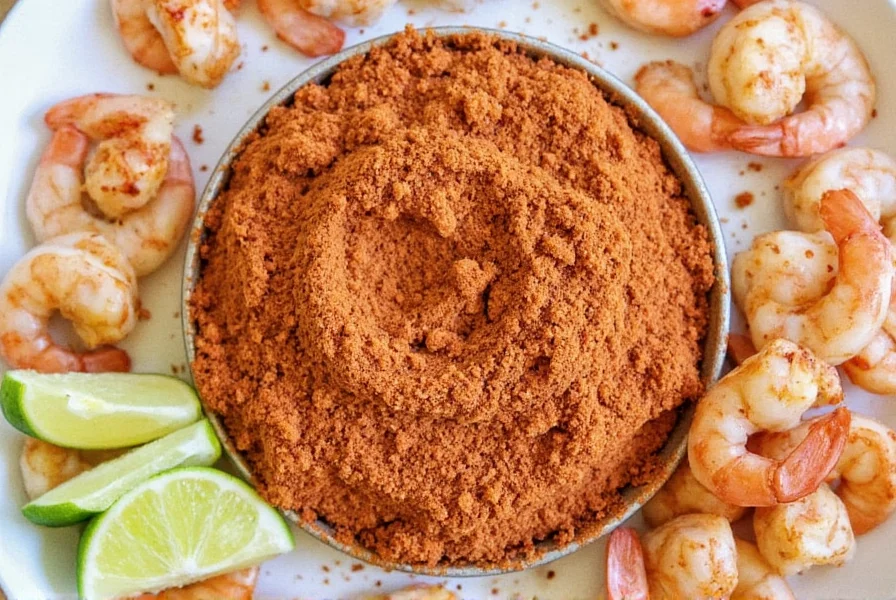
These spices are usually mixed together and added at different stages of cooking. Some cooks prefer to roast the spices before grinding them, which intensifies their flavor. Experimenting with ratios can help you find your perfect balance of heat, smokiness, and depth.
Cooking Tips for Perfect Texas Chili
Even with the right ingredients, the way you cook can make or break your chili. Here are some expert tips to ensure your Texas chili is a hit:
- Use a cast iron pot: It distributes heat evenly and enhances the flavor of the dish.
- Let it simmer: The longer it simmers, the richer the flavor becomes. Aim for at least 1–2 hours.
- Adjust the consistency: If it's too thick, add broth or water. If it's too thin, let it reduce over low heat.
- Don’t skip the finishing touches: A dash of vinegar or a sprinkle of cheese can transform the dish.

One of the biggest mistakes people make is adding all the spices at once. Instead, start with a small amount and taste as you go. You can always add more, but you can’t take it away. Also, consider using fresh herbs like cilantro or oregano for an extra layer of flavor.
Buying Guide for Texas Chili Ingredients
Whether you're a seasoned chef or a home cook, choosing the right ingredients is essential. Here’s a breakdown of what to look for:
Meat
When buying beef for your chili, look for cuts that are rich in connective tissue, like chuck or brisket. These cuts become tender when slow-cooked. If you’re going for a leaner option, ground beef is a good alternative, though it may lack the same depth of flavor.

Beans
Pinto beans are the most traditional choice, but you can also use kidney or black beans for variation. When purchasing canned beans, look for those labeled as “no salt added” or “low sodium” if you want more control over the seasoning.

Tomatoes
For the best flavor, use high-quality canned tomatoes or tomato sauce. San Marzano tomatoes are a popular choice due to their sweet and balanced flavor. Fresh tomatoes can work too, but they require more preparation and may not offer the same depth.

Spices
Quality matters when it comes to spices. Look for whole spices that you can grind yourself, such as cumin seeds or chili flakes. This ensures freshness and maximum flavor. Store your spices in a cool, dark place to preserve their potency.

If you're new to making Texas chili, consider using pre-made spice blends. Brands like McCormick or Simply Organic offer convenient options that are easy to use and consistent in quality. They’re ideal for beginners who want to get started quickly without compromising on flavor.
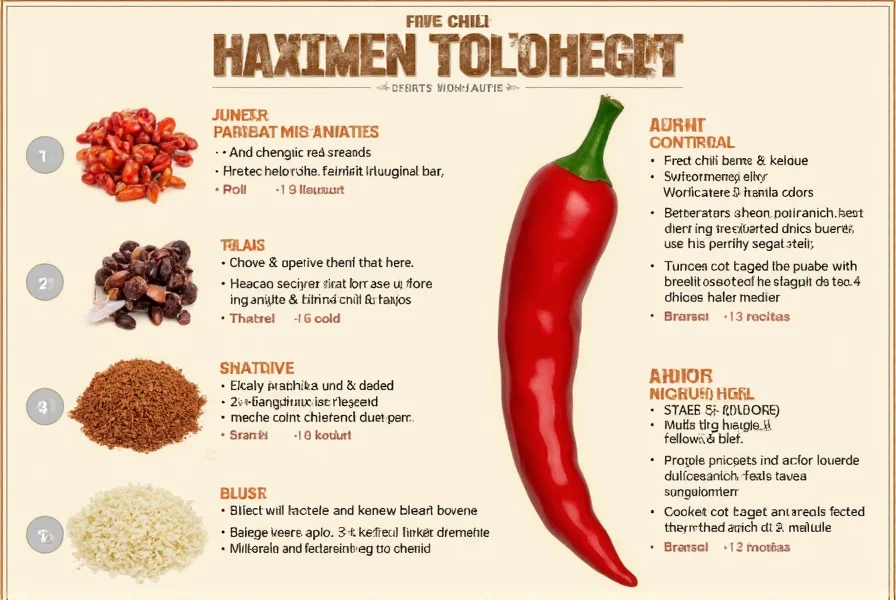
Conclusion
Texas chili is more than just a meal—it’s a celebration of flavor, tradition, and community. By understanding the key ingredients and how to use them, you can create a dish that’s both authentic and personal. Whether you're a spice enthusiast or a culinary professional, mastering the art of Texas chili will open up a world of possibilities in your kitchen.
Remember, the heart of Texas chili lies in its ingredients. So next time you reach for your spice rack, think about how each element contributes to the final dish. With the right approach, you’ll be serving up a bowl of comfort that everyone will love.
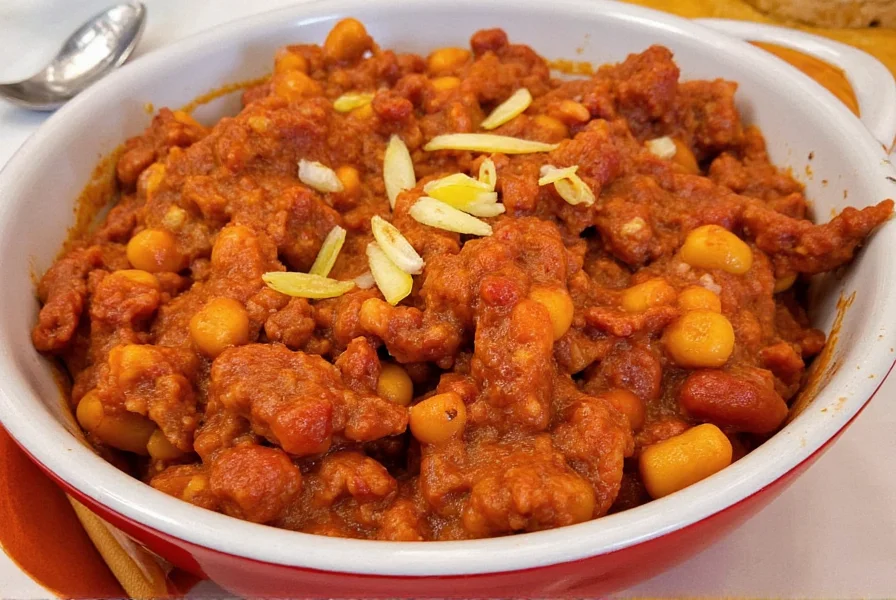

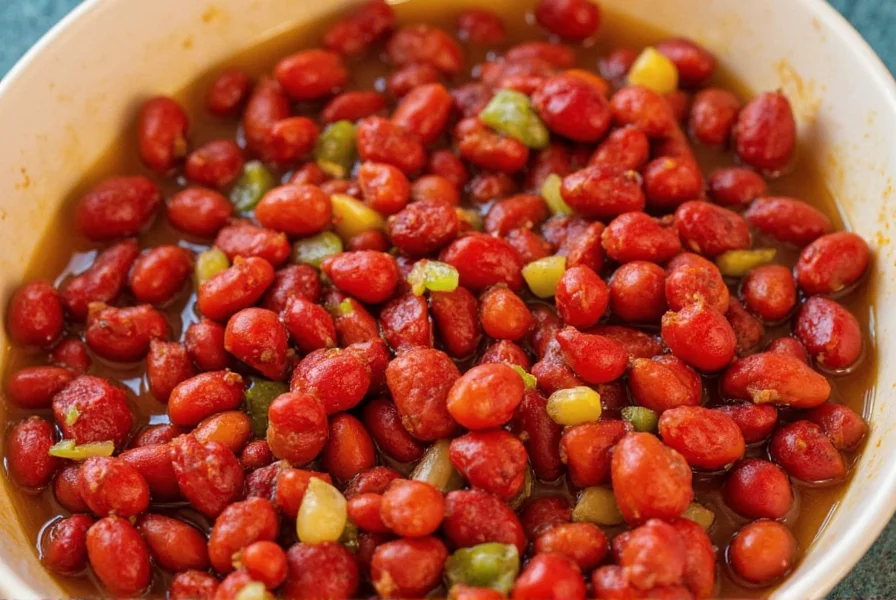









 浙公网安备
33010002000092号
浙公网安备
33010002000092号 浙B2-20120091-4
浙B2-20120091-4